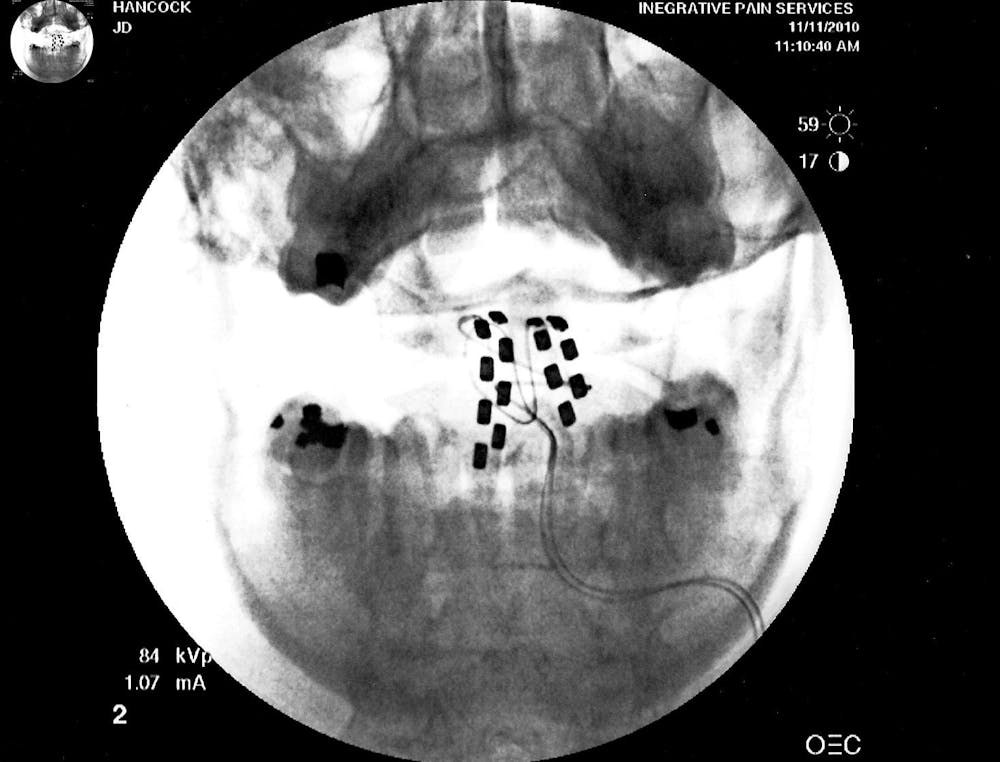In a giant stride toward restoring mobility to those grappling with lower limb paralysis, Hopkins scientists have unveiled promising research on a novel spinal stimulator that could potentially transform the lives of approximately the lives of 1.5 million Americans affected by paralysis due to spinal cord injuries.
Published in Nano Letters, the team’s — led by Assistant Professor of Materials Science and Engineering and study co-author Dingchang Lin — results mark a significant leap forward in spinal stimulator technology. This novel stimulator is a flexible and stretchable device at a nanoscale thickness that can be inserted below the injury site using a polymeric catheter. Lin elaborated on the innovative concept in an interview with The News-Letter.
“This started from [the discovery] that we can implant into a new position that people [had] not recognized previously. We call this the ventrolateral site,” Lin said. “The team found that stimulation at this ventrolateral epidural surface measured much higher precision in terms of stimulation and a much lower current. This means you can use lower power to [achieve] the same [result].”
Conventional stimulators are either on the dorsal epidural surface, sacrificing precision targeting of nerves, or intraspinal devices, compromising biocompatibility and posing the risk of tissue damage. According to Lin, both options are suboptimal. Stimulation at the ventrolateral site eliminates the need for bulky deployments farther from the nerves while allowing for more fine motor control of leg movements. This is because the site is close to important motor neurons, and it is accessible without surgery.
In mice, the spinal stimulator evoked motion at an electric current nearly two orders of magnitude lower than traditional dorsal stimulation. The stimulator allowed for a broader range of motions along with programmable stimulation patterns such as stepping, kicking and waving. Now that the spinal stimulator has proven to be effective in mouse models, the team is looking to larger animals that are more similar to humans.
“We have been talking to scientists in the medical school about using pigs instead of mice in this study. The geometry of the [pig’s] spinal cord is more comparable to that of the human body,” Lin said.
If proven safe and effective for human use, this technology holds immense translational potential to restore lower limb function in people with paralysis. Beyond the device's efficacy, the researchers believe that the lower invasive nature during implantation could make it accessible to a broader population. With sights set on the future, the team plans to continue refining the device with the ultimate goal of initiating human clinical trials — a pivotal step toward bringing this spinal stimulator to those in need.
"Our technology and skills can benefit a broader community and bring benefit to patients,” he said. “During this process of discovery, we learned a lot about neuro-prosthetic development as well as how to [bring] a new type of technology closer to future application.”





